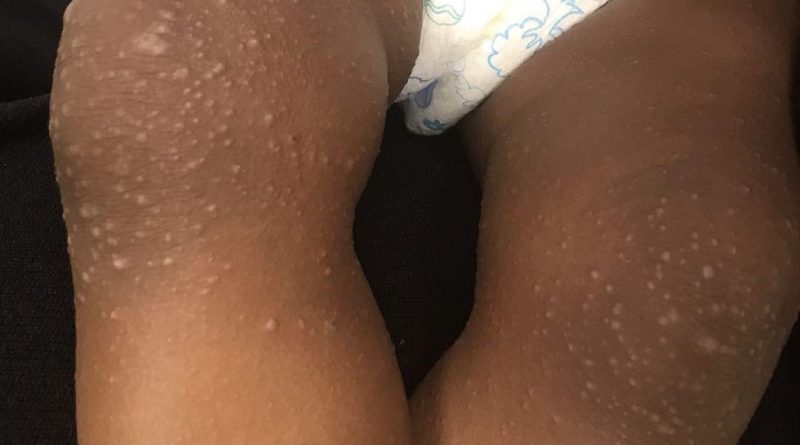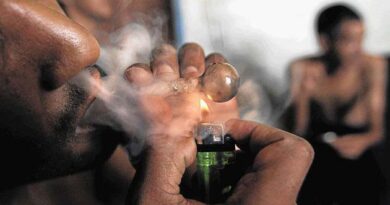Hand, Foot, and Mouth disease hits Harare
The Harare City Health Department is currently observing a notable rise in cases of Hand, Foot, and Mouth Disease (HFMD) among children.
As of November 18, 2025, there have been 501 recorded cases across the city, highlighting a concerning spread of this illness.
Among the affected suburbs, Waterfalls reports the highest number of cases at 60, followed by Budiriro with 51 cases, Mabvuku at 47, Tafara with 48, Mufakose at 43, Highfield with 28, and Mbare at 27.
Dr Prosper Chonzi, the Director of Health for the City of Harare, stated that District Rapid Response teams have been activated to prevent and control the epidemic’s spread.
“We anticipate more cases, as this disease is highly transmissible; however, we do not expect serious negative outcomes for the affected children,” he said.
To combat the outbreak, the city is conducting community awareness campaigns and managing symptomatic cases to ensure that all suspected and infected children receive appropriate care to prevent complications such as dehydration, painful oral sores, and secondary infections.
Dr Chonzi emphasized the lack of a vaccine or specific cure for HFMD, stating, “Our focus is on symptomatic treatment—addressing the symptoms directly.”
HFMD is a viral infection characterized by a rash with blisters on the hands, feet, and buttocks, along with painful mouth ulcers.
These mouth ulcers can make it difficult for children to eat and drink.
Typically, the illness lasts between 7 to 10 days.
Parents and guardians are advised to care for affected children at home by ensuring they stay hydrated and receive regular pain relief.
“The virus spreads easily through direct contact and respiratory droplets, making good hygiene practices — like frequent hand washing — essential,” Dr Chonzi added.
While HFMD predominantly affects preschoolers, anyone can contract the virus. It is possible to be infected more than once, though subsequent cases tend to be less severe.
Children should remain at home until all blisters have crusted over to avoid further contamination.
The most common symptoms of HFMD include:
• Fever
• Rash with painful blisters on the hands, feet, and buttocks
• Blisters and ulcers inside the mouth.
In most cases, HFMD will resolve on its own, and it is crucial that blisters be allowed to dry naturally without squeezing or piercing them, as this can exacerbate the rash.
Residents are encouraged to seek medical attention at the nearest clinic if symptoms persist or if a child exhibits signs of severe dehydration, such as infrequent urination. *_-H-Metro_*




